Romans in Warrington
Small daughter is studying the Romans at the moment and her teacher asked if I’d go in to talk to the children about the Romans who lived in Wilderspool, an area of Warrington. As it happens, I know quite a bit about this thanks to my Open University MA dissertation which was about this very subject.
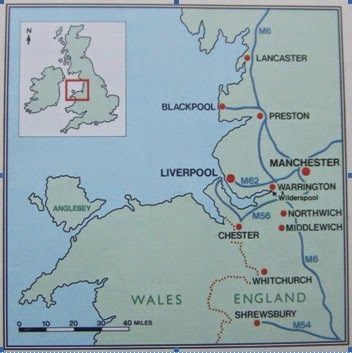
Wilderspool was a supply town for the Roman fort at Chester, although much less is known about it than Chester’s Roman heritage. I loved finding out about what had happened in my local town all those centuries ago; sneezing over dusty documents in the Museum archives, sifting through archaeological reports and hunting for clues in academic documents. It’s a bit like being a detective, putting pieces together to make a bigger picture – although it was going to be no mean feat condensing my year’s work into a 30 minute talk for small daughter’s class that wasn’t going to bore them senseless!
Many years ago I worked as a training consultant delivering courses for a software company, but it’s been a long time since I’ve stood up and talked in front of anybody, let alone a class of twenty-five children! However, armed with my maps and pictures of local finds, I found myself standing at the front of the classroom being watched by expectant faces. I took a deep breath and launched in.
And do you know, it was great! We started off by putting the Roman settlement into context in the modern-day town, linking the area to places that the children would know. The picture above shows you where it is, but I also showed pictures of local areas and bridges which the children easily recognised. I asked question after question about where they thought the Romans would live, why they would come to Wilderspool, what they would do there, and I was impressed by their answers.
We talked about this artist’s view of the town and how it looked so different from Wilderspool these days.

I showed pictures of various finds and asked the children what they were – some were easy to guess and others were more difficult. These are brooches, quite different to anything we might wear today, which created lots of conversation and some interesting guesses as to what they were!

There was no difficulty in guessing what this is and as you can imagine, this picture went down the best of all! (It’s actually Venus’ bottom, the only part that’s left of a small statuette which was originally made in France.)

I thoroughly enjoyed talking to the children about a subject that’s been absolutely fascinating to me, and I loved that they were so interested, especially as we were able to bring it so close to home. What was even better was being able to show them pictures of very special artefacts such as this mask – the only one of it’s kind in the country and one of only three that have been found in the world – which was made right here in Wilderspool. It’s on display in the Warrington Museum which is free to get into, along with many other artefacts that tell the story of Warrington from neolithic to modern times. What was the mask for? Who was it made for? Why is there only one of them? There are so many questions and no answers – it’s a mystery and that, I think, simply adds to it’s appeal.

Sources:
Pictures 1 and 2: Strickland, T. (1995) The Romans at Wilderspool: The Story of the First Industrial Development on the Mersey, Warrington, The Greenalls Group plc
Pictures 3 and 4: Hinchliffe, J. & Williams, J. H. (1992) Roman Warrington.
Excavations at Wilderspool 1966–9 and 1976, Brigantia Monograph No 2, Manchester, Manchester
University
Picture 5: author’s own




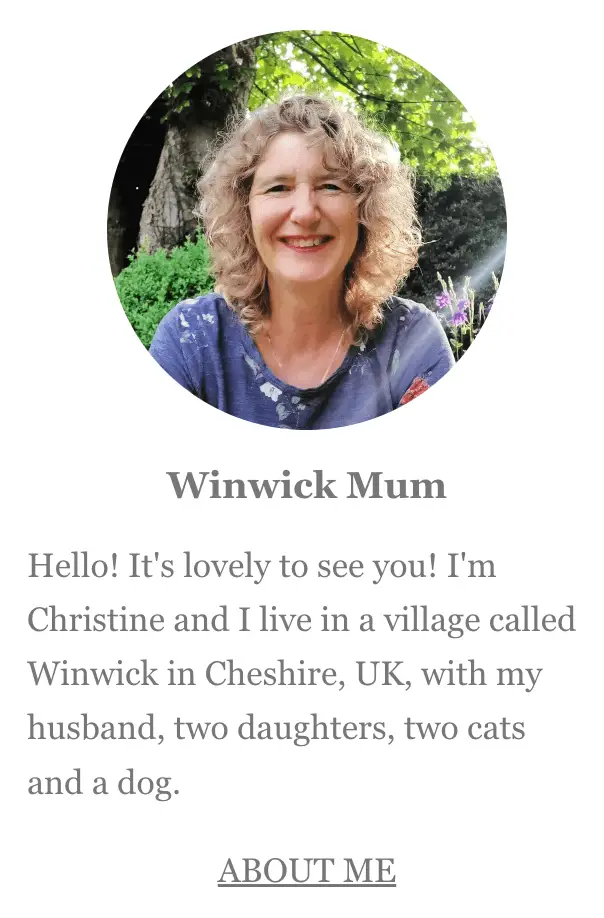





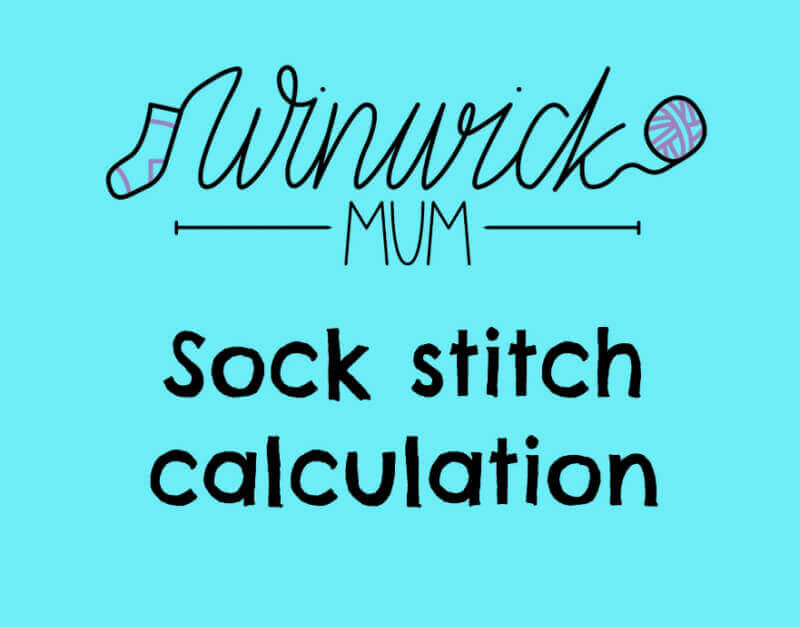


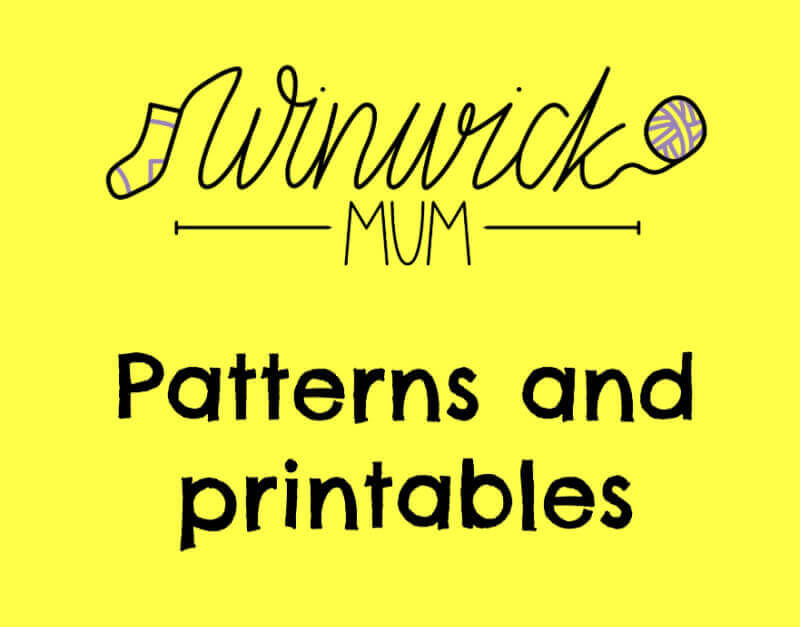
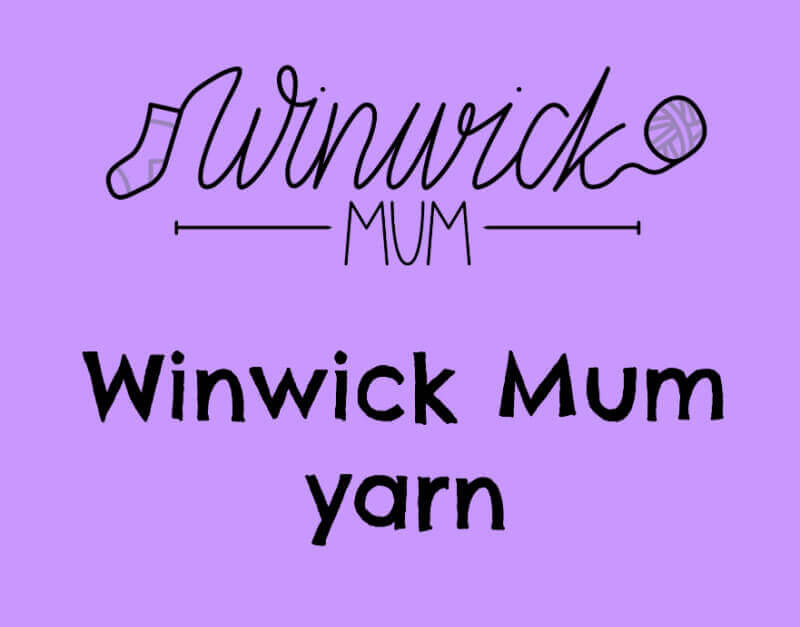
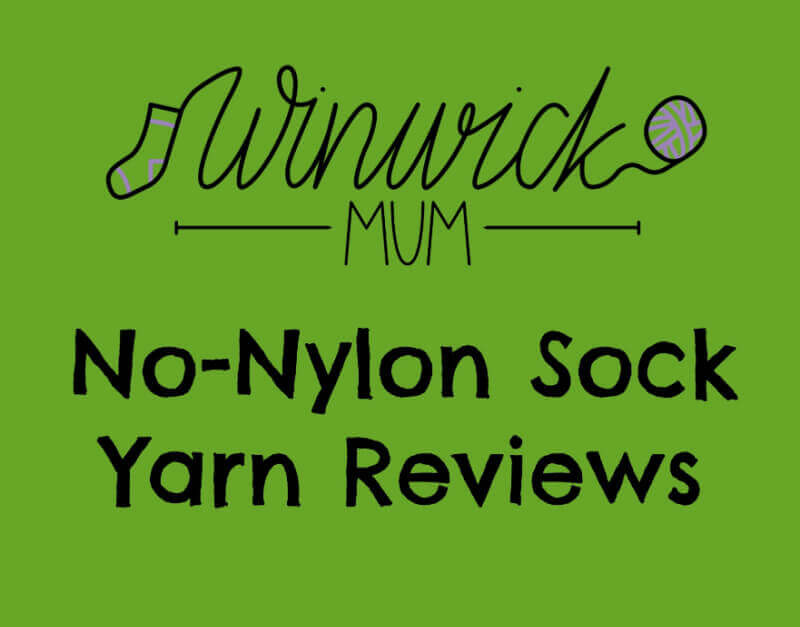
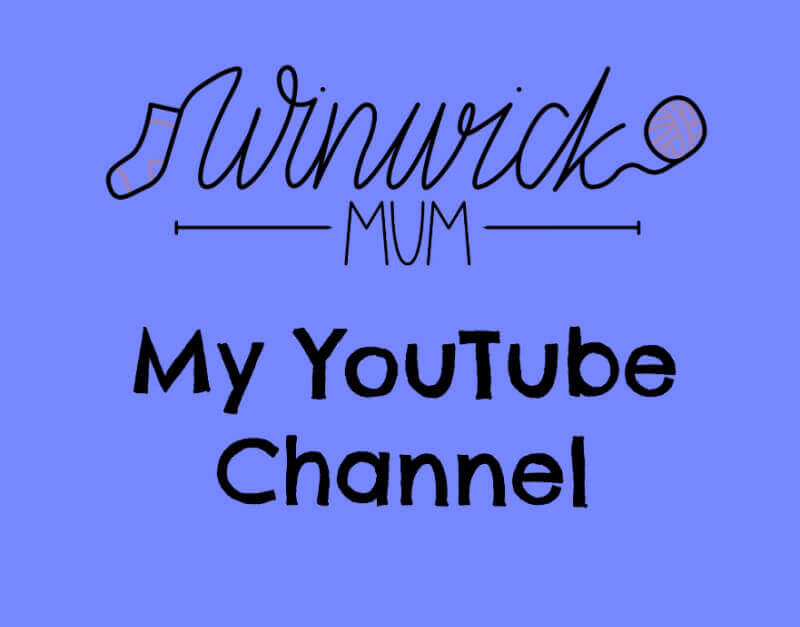





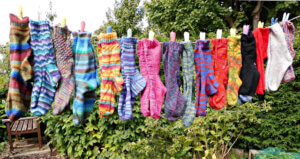
I wish I had been in that audience of little people!
Thank you!
Great to happen upon this when looking for info on the Roman road from Chester to Warrington.
I'm really glad it was useful! 🙂